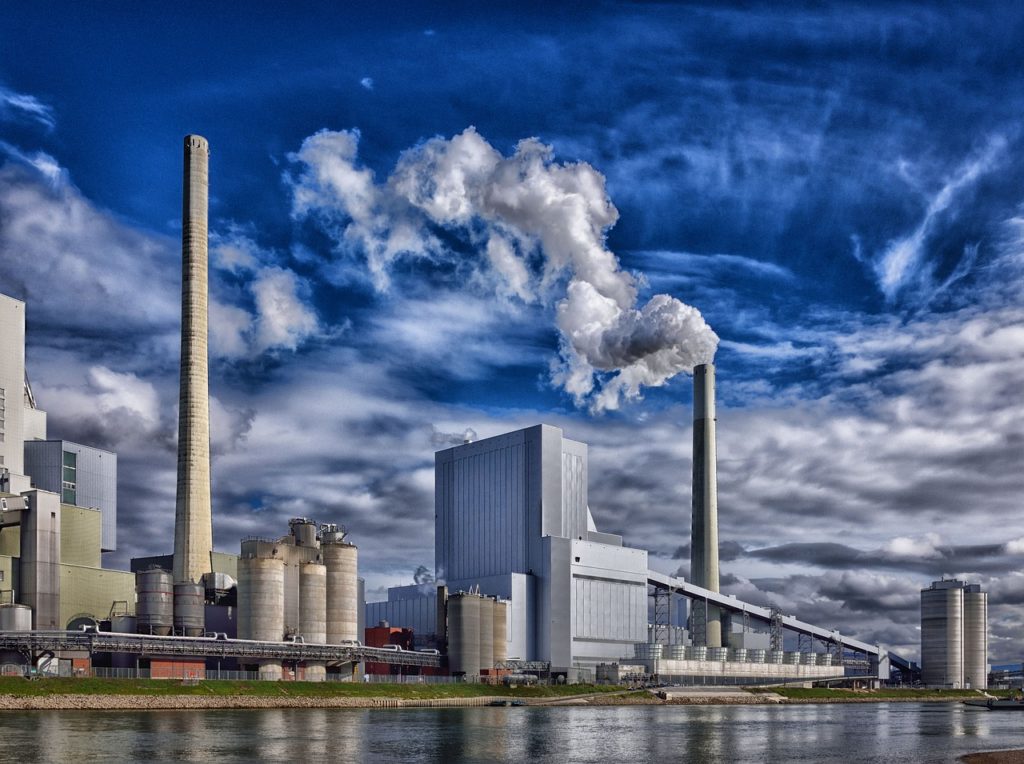Closed factories, strict quarantine and deserted streets. These are some of the consequences of the spread of the Coronavirus epidemic in the Hubei region at the end of 2019. But now pollution in China is rising again.
Restrictive measures have been taken to stop the spread of the disease and this has led to a drastic reduction in nitrogen dioxide concentrations released by power plants, industrial plants and vehicles.
The Copernicus Atmosphere Monitoring Service (CAMS) observed a decrease in fine particulate matter, one of the most relevant air pollutants, in February 2020 compared to the previous three years.
Combining satellite observations with detailed computer models of the atmosphere, studies indicated a reduction of about 20-30% in surface particulate matter over much of China.

With the improvement in the situation linked to the spread of the coronavirus epidemic in China, many provinces have lowered their emergency response levels, although the international community is still looking for a vaccine and appropriate drug treatments.
Schools, factories and other public spaces are starting to reopen and workers are gradually returning to work. And, as expected, pollution is rising again.
Pollution in China goes up again
The animation in the video released by COMS, which uses data from the Copernicus Sentinel-5P satellite, shows nitrogen dioxide concentrations from 20 December 2019 to 16 March 2020.
The drop in concentrations at the end of January is visible, coinciding with the national quarantine, while since the beginning of March nitrogen dioxide levels have started to rise again.
Josef Aschbacher, director of ESA’s Earth observation programmes, says: “Satellites offer a unique viewpoint for monitoring the health of our planet. Sentinel-5P is one of the seven Copernicus satellites in orbit today. It currently provides the most accurate measurements of nitrogen dioxide and other trace gases from space.”
“Because nitrogen dioxide is mainly produced by traffic and factories, it is a prime indicator of industrial activity worldwide. What is clearly visible is a significant reduction in nitrogen dioxide levels in China, caused by the reduction in activity due to the restrictions of COVID-19, but also by the Chinese New Year in January“.
He continues: “The Copernicus programme is a perfect example of how space serves all European citizens by combining the EU’s political strength with ESA’s technical excellence“.
Claus Zehner, Head of ESA’s Copernicus Sentinel-5P mission, commented: “We can certainly attribute some of the reduction in nitrogen dioxide concentration to the impact of the coronavirus. We currently see a reduction of about 40% in some Chinese cities, but these are only rough estimates, as the weather also has an impact on emissions“.
“We are conducting a detailed scientific analysis that will soon provide further insights and quantified results in the following weeks and months.
The Copernicus Sentinel-5 Precursor mission, also known as Sentinel-5P, is dedicated to monitoring air pollution by measuring a multitude of gases that affect the air we breathe.
The situation in Italy
By mid-March, the satellite Copernicus Sentinel-5P had detected a sharp drop in air pollution, in particular nitrogen dioxide concentrations, in Italy too.
This reduction is particularly visible in northern Italy and coincides with the blockade to prevent the spread of the coronavirus.
The animation shows the fluctuation of nitrogen dioxide concentrations in Europe from 1 January 2020 to 11 March 2020, using a 10-day average.
Claus Zehner said: “The decrease in nitrogen dioxide concentrations in the Po Valley in northern Italy is particularly evident.
“Although there may be slight variations in the data due to cloud cover and climate change, we are very confident that the reduction in concentrations that we can see coincides with the blockage in Italy that causes less traffic and less industrial activity.“
Coronavirus disease (COVID-19) has been declared a pandemic by the World Health Organization globally. In Italy, the number of coronavirus cases has increased dramatically, making it one of the countries with the highest number of infections outside of China.
In an attempt to reduce the spread of the disease, the Italian Prime Minister, Giuseppe Conte, announced the closure of schools, restaurants, bars, museums and other places throughout the country, which is still ongoing.